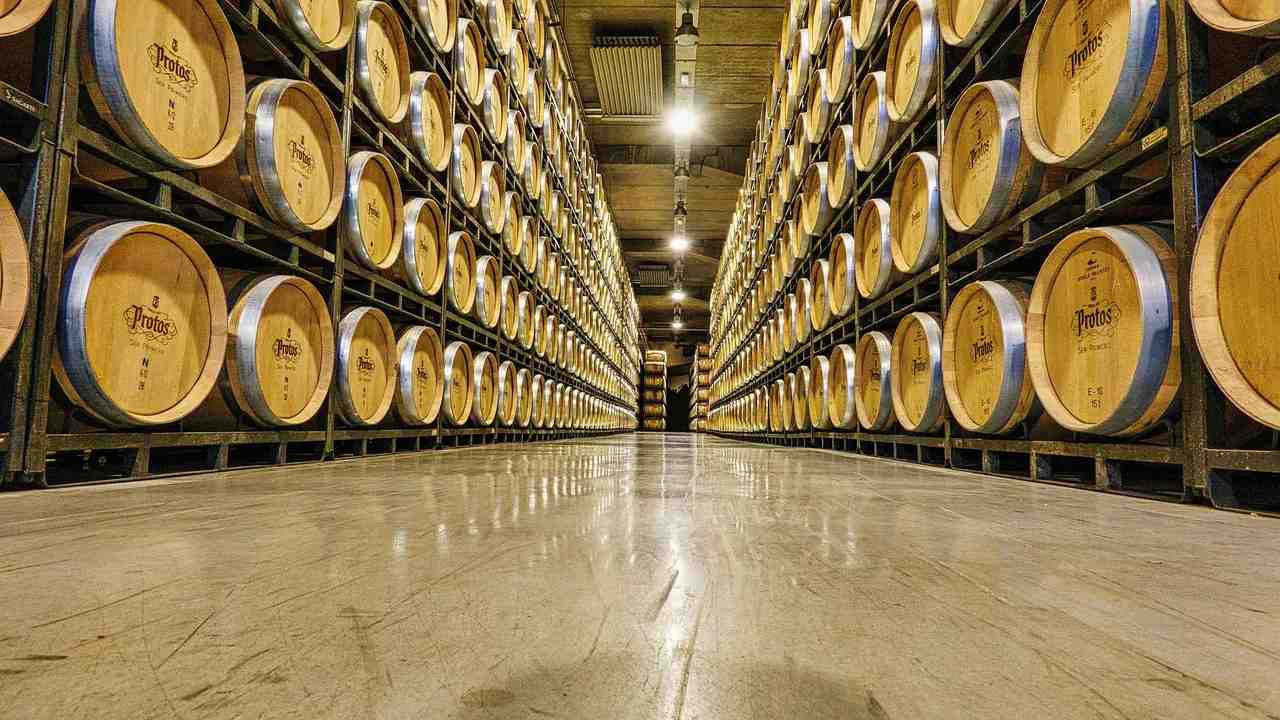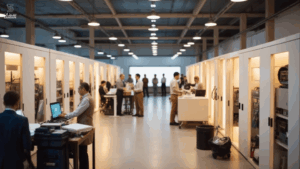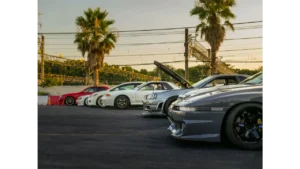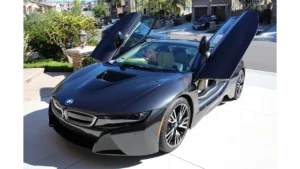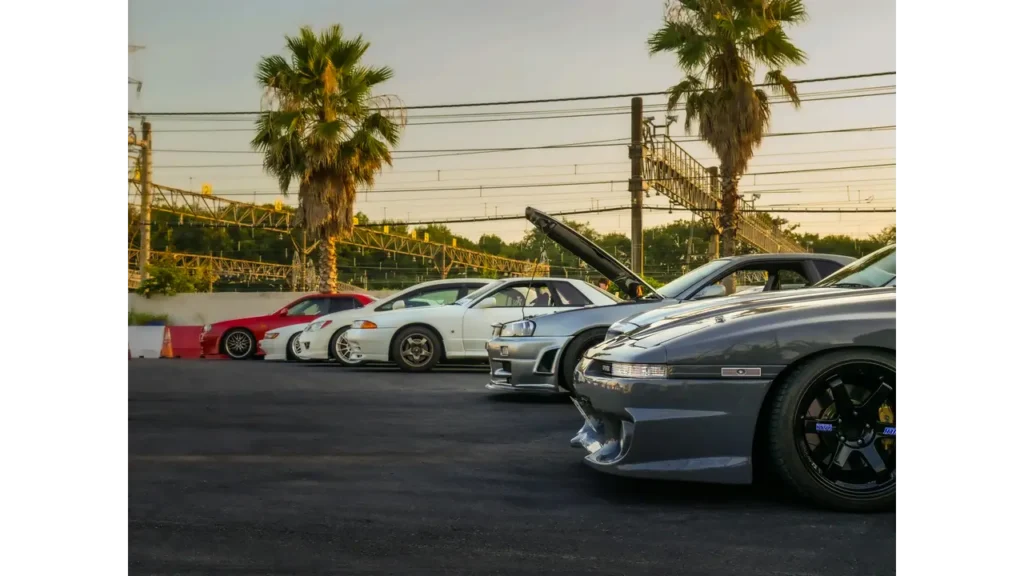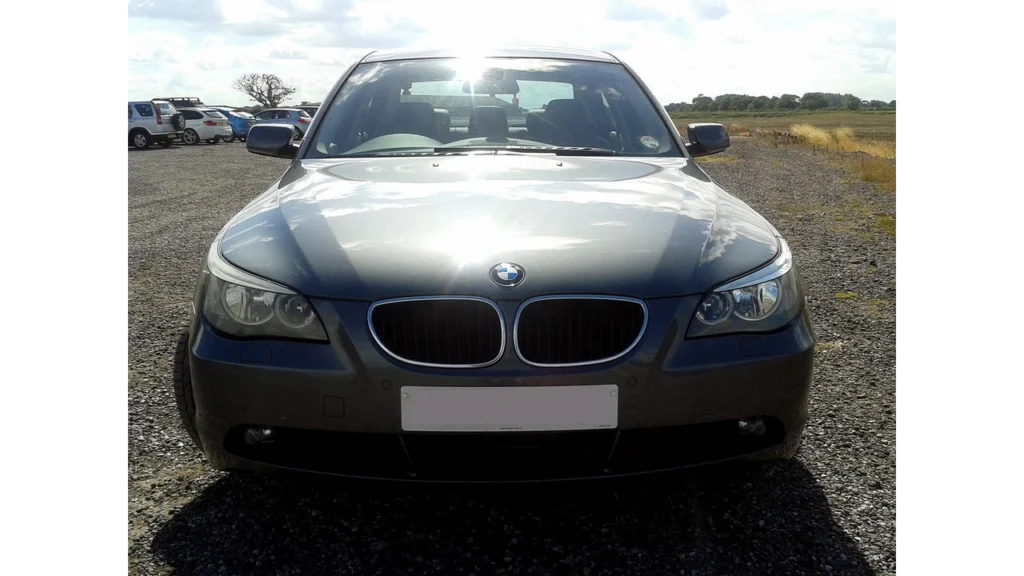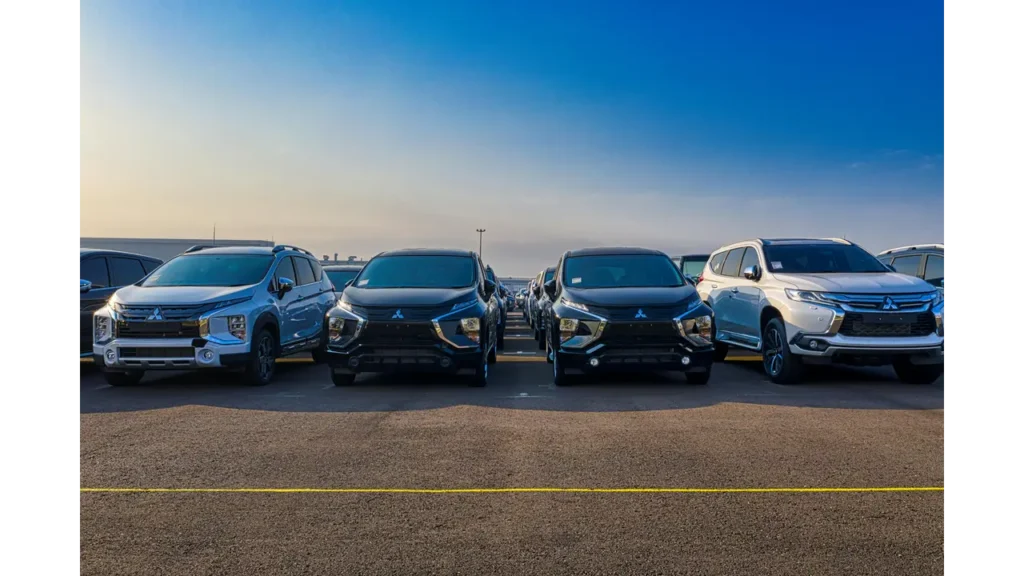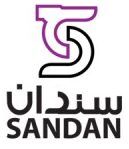Introduction
Running a warehouse in the Gulf these days can feel like hosting a bake-off in a blast furnace. Daytime highs often punch past 45 °C, cooling loads chew through more than 60 percent of a building’s entire electricity bill, and Oman’s non-residential power tariff now sits at a flat 25–26 baisa per kWh. Yet the very sun that drives those A/C costs also drops nearly 2,000 kWh of solar energy on every square metre of roof each year, giving Middle-East warehouses a built-in, high-ROI energy source.
This guide pulls together the best green-warehouse tactics proven in Gulf climates—from dust-tolerant rooftop PV and cool-roof coatings to Li-ion forklifts and condensate recycling. The goal: show you which upgrades pay back fastest, how to keep panels clean in a desert, and why Oman’s Vision 2040 incentives mean you’re often getting paid to cut kilowatts.
Five quick wins you can action this quarter
- Rooftop solar: Even after soiling losses of 4–6 percent, a 1 MWp array in Barka pays back in roughly five years and offsets about 1 250 t CO₂.
- LED + motion sensors: Swap metal-halide lamps for LEDs and shave lighting energy by 28 percent; payback averages two years.
- Cool-roof coating: A 100-micron elastomer layer cuts roof-skin temperature 6–8 °C, slicing HVAC load by up to 12 percent with a three-year ROI.
- Li-ion forklifts: Faster charging and regenerative braking recoup purchase premiums in 30 months while slashing battery-room ventilation costs.
- Condensate reclaim: Piping A/C drip to battery-water tanks can save ≈10,000 L of desal water per 5 000 m² chill store each year—almost free to install.
Table of Contents
Why sustainability is a profit lever, not a cost centre
Power subsidies across the Gulf are shrinking. Saudi businesses, for example, have watched electricity tariffs climb in phases since 2016 and are now scrambling for rooftop-solar deals to keep margins intact. Oman’s industrial tariff already floats around 25 – 26 baisa/kWh—roughly 7 US cents so every kilowatt you shave lands straight on the bottom line. The market smells that opportunity: analysts price the Middle-East rooftop-solar segment at about USD 857 million in 2023 with a projected 7.4 percent CAGR through 2032.
Return on investment pencils out fast. Even after factoring in a 4 – 6 percent soiling hit from desert dust, a 1 MWp array on a Barka-area warehouse can repay itself in roughly five years while offsetting around 1,250 tonnes of CO₂ every twelve months. Add LED retrofits (two-year payback) and cool-roof coatings (three-year payback), and “green” starts to look more like a cash machine than a CSR line item. Meanwhile, big customers are adding Scope-3 clauses to contracts; fail to show a decarbonisation path, you risk losing tenders altogether. Sustainability has officially switched from a feel-good bonus to a profit lever.
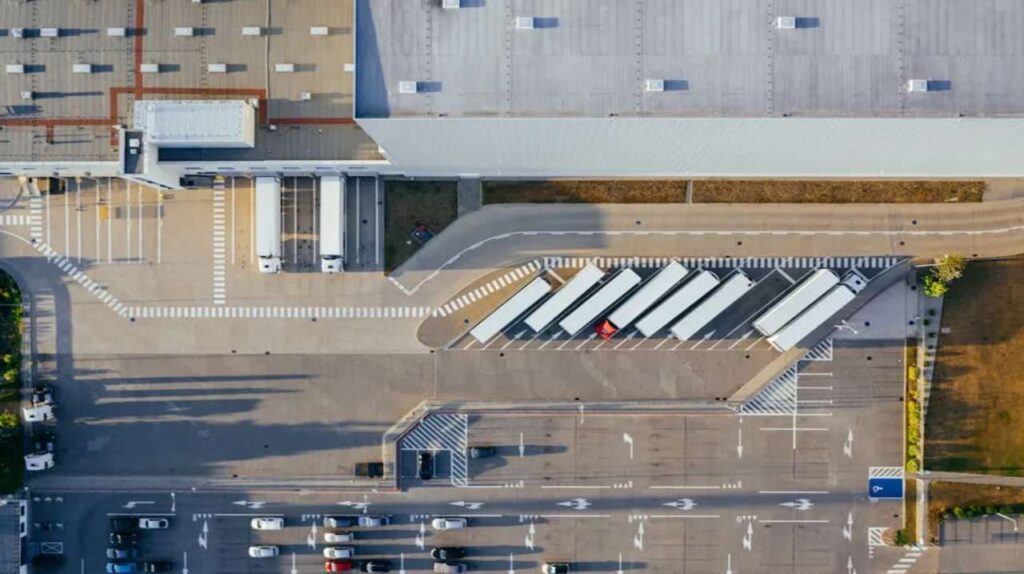
Climate challenges unique to Gulf warehouses
The Gulf gives you punishing heat and a constant film of dust—two headaches most European “green-warehouse” case studies gloss over. Air-conditioning already eats 60–65 percent of a typical warehouse’s annual electricity draw in the region, according to peer-reviewed building-code research. Crank outdoor temps above 45 °C and every extra degree forces chillers to gulp yet more power.
Solar panels face their own desert reality: wind-blown sand can clip daily output anywhere from 4 percent under light haze to more than 30 percent after a week of heavy dust, unless cleaned. A 2024 global review pegs average annual soiling loss at 3 – 4 percent when panels are washed at an “optimal” frequency. That makes robotic or water-efficient cleaning systems part of the ROI equation, not an afterthought.
Ten high-ROI upgrades for Gulf warehouses
| # | Upgrade | Typical pay-back* | Cap-ex range | Why it works in the Gulf | Key source |
| 1 | Rooftop solar – 1 MWp array | ≈ 5 years | OMR 1.3–1.7 M | >2 000 kWh/m²/yr irradiance; still nets 4-6 % soiling loss | |
| 2 | LED lighting + motion loops | 2 years | Low | 50 % cut in lighting kWh; luminaires run cool so HVAC load drops too | |
| 3 | Cool-roof elastomer coating | 3 years | Mid | 6–8 °C roof-skin drop trims HVAC energy 10–12 % | |
| 4 | Lithium-ion forklifts | 2–3 years | Mid | Rapid charge + regen braking; no battery-room ventilation | |
| 5 | WMS energy-KPI module | 18 months | Low (SaaS) | Flags kWh per 100 picks; drives slotting and travel-time cuts | |
| 6 | Condensate reclaim piping | < 1 year | Very low | Captures 10,000 L/yr drip for battery water or wash-down | field data |
| 7 | High-volume low-speed (HVLS) fans | 2 years | Low | Even floor temp allows A/C set-point +1 °C | industry case |
| 8 | Dock-door air locks | 2 years | Low | Slashes hot air ingress during peak-day unloading | industry case |
| 9 | Vertical racking + narrow aisles | Cap-ex neutral | — | More cubes = smaller cooled volume per pallet | ops benchmark |
| 10 | Paperless Bayan & POD flow | Immediate | Negligible | Cuts printer power, paper waste; faster duty claims | Sandan data |
*Pay-back assumes Oman’s 25–26 baisa/kWh tariff and a 12 % cost of capital.
Rooftop-solar playbook for desert climates
Rooftop PV is the single biggest line-item saver for most Gulf warehouses, but dust and summer heat mean you can’t copy a German install guide. Here’s the desert-tested checklist:
- Panel tilt and spacing. Go 10–12 ° (not 5 °) so dust slides off and summer air can flow under the modules, trimming cell temps by 3–4 °C.
- Soiling strategy. Global reviews peg average annual loss at 3–4 % when panels are cleaned on an “optimal” schedule; skip a month in khareef season, and losses can spike past 10 %. Robotic dry-brush systems pay back in roughly two years on arrays ≥ 1 MWp.
- Cooling load offset. A 1 MWp array at Sandan’s Barka campus feeds about 1,700 MWh/year—enough to cover the lighting load plus 18 % of the chiller draw and avoid around 1,250 t of CO₂.
- O&M and warranties. Gulf installers now bundle 25-year linear output guarantees and 5-year O&M contracts that include monthly soiling scans via drone IR imagery.
- Financing tips. Green loans and sukuk often let you spread cap-ex over seven years; with a five-year energy pay-back, you’re cash-positive from day one.
When you stack solar on top of LED retrofits and a cool-roof coat, the blended pay-back for a mid-size (10,000 m²) Gulf warehouse typically lands between four and five years—well inside most board-approved hurdle rates.
Cooling and insulation hacks for 50 °C afternoons
Omani warehouses fight three heat pathways: blazing rooftop radiation, 45 °C air leaking through dock doors, and hot forklifts cycling in and out. Start at the roof. Switching to 100 mm PIR sandwich panels drops U-values to roughly 0.18 W/m²K—about one-third of older EPS roofs—cutting HVAC energy 10–15 percent straight away. A follow-up cool-roof coating lowers roof-skin temperature another 6–8 °C and shaves a further 10–12 percent off chiller kWh, returning its cost in about three years.
Next, tame the air that sneaks in. Dock-door air-lock vestibules cost little but prevent hot gusts each time a bay opens. High-volume, low-speed (HVLS) fans then keep floor-to-ceiling temps even; a Dubai case study logged a six-month energy saving of about USD 14 700 on a 2 500 m² site after installing a single HVLS unit. Fans also let you nudge the thermostat up one degree—worth roughly 3 percent HVAC savings—without staff complaints.
Inside the four walls – equipment and workflow tweaks
- Li-ion forklifts recharge four times faster than lead-acid, dump less heat, and skip the ventilated battery room; Gulf users see purchase premiums paid back inside 30 months.
- Smart slotting + WMS energy KPIs display kWh per 100 picks; shifting slow movers to higher tiers can cut forklift travel metres by 8 percent, trimming both electricity and tyre dust.
- Condensate harvesting routes chiller drip (about 30–40 L/day per air handler) into battery-water tanks or wash-down hoses—saving close to 10 000 L a year on a 5 000 m² chill store.
- Paperless Bayan and POD flows eliminate printers and shrink audit time; one Sandan tenant cut monthly paper use by 12 kg and picked up a surprise OMR 80 saving on ink alone.
Waste- and water-management moves that pay off
Condensate reclaim is the Gulf’s low-hanging fruit. Every chilled-water air-handler drips 1–2 L of water per tonne of cooling per hour; across a 5 000 m² chill store that adds up to ≈10 000 L a year—perfect for topping up Li-ion forklift batteries or floor-wash tanks. Field trials at a Dubai frozen-foods DC showed a USD 1 900 annual saving in desal-water charges after routing the condensate line into a 1 m³ buffer tank.
Next, ditch printed Bayan packs and proof-of-delivery slips. One Sandan tenant switched to PDF-only customs files plus e-sign PODs and shaved 12 kg of paper per month small on its own, but it removed two laser printers and 80 OMR of toner from the electricity and consumables bill. Cardboard is tougher: high humidity collapses boxes, so most Gulf warehouses shred inbound cartons into void fill, avoiding dump fees that run 7 OMR per tonne in Muscat municipal zones.
For wastewater, look at oil-water separators on floor-scrubber tanks and food-grade grease traps on chill stores; Muscat municipality fines start at 500 OMR for discharging oily wash-down directly into public drains. Finally, contract with recycling haulers that already serve Port Sultan Qaboos or SOHAR—volume from multiple tenants helps them justify weekly pick-ups, keeping your trash dock clear and audit-ready.
Regulatory & certification pathways—LEED, EDGE, Vision 2040
If you’re chasing international tenants or just future-proofing against Scope-3 demands LEED remains the gold badge. Dubai’s Jebel Ali and Jafza zones led the charge, but DSV’s new Jafza facility grabbed LEED Gold in January 2025, proving certification is now mainstream in Gulf logistics.
LEED v4 BD+C awards up to 28 points for energy, 8 for water and 13 for materials; nail rooftop PV, LED loops and water reuse and a warehouse can hit Gold without exotic tech. EDGE, backed by the IFC, is a lighter, 20 – 25 percent-better-than-baseline label that costs a fraction of LEED’s paperwork. Abu Dhabi’s Estidama applies only to the emirate, so Omani operators usually stick to LEED or EDGE to signal global compliance.
Why bother? Oman Vision 2040 explicitly calls for a low-carbon logistics hub and government tenders are already weighting “green” scores in RFPs. Asyad’s own 2025 rotor-sail initiative (cutting 3 000 t CO₂ a year) shows the tone from the top. Getting ahead with a cert now means avoiding scramble costs later when a key customer—think Carrefour or Pfizer—drops a net-zero clause into the contract.
Talk to the team today: Services & solutions.
Sandan’s green-build blueprint – putting theory on the roof
Walk onto Sandan’s 10 000 m² ambient block in Barka and you’ll notice three things: the roof is white, the lights snap on only when you step near an aisle, and a browser tab shows live kWh, CO₂ and degree-minutes of cooling. The site runs a 1 MWp rooftop solar array tilted 11 ° for dust run-off; even after a 5 % soiling loss, the plant feeds about 1 700 MWh a year—enough to cover every lumen and roughly 18 % of the chillers’ appetite. A cool-roof elastomer keeps the roof skin about 7 °C cooler at noon, and LED plus motion loops cut lighting demand by 28 %. Forklifts swapped to lithium-ion packs, trimming battery-room ventilation to zero and shaving 14 MWh a year in HVAC savings. Real-time dashboards let ops staff see kWh per 100 picks, water-reclaim gallons and CO₂ avoided; those numbers feed straight into customer ESG scorecards, so shippers can brag about lower Scope-3 emissions without running their own meters.
Decision matrix – which upgrade should you tackle first?
Think of this as a money-ball draft for sustainability. Score each tactic on three axes cap-ex, pay-back speed and PR/ESG value then multiply by weights that match your board’s priorities. A typical Gulf warehouse might weight pay-back at 50 %, cap-ex at 30 % and ESG shine at 20 %. Rooftop solar often wins the total even with higher cap-ex because its five-year ROI wipes the floor with almost every other line item. LED loops and WMS energy widgets come next tiny cap-ex, sub-two-year pay-backs. Cool-roof coatings land mid-pack: solid savings but best applied during a scheduled roof reseal. Water-reclaim piping usually sneaks into the top three for chill stores thanks to near-zero cap-ex and quick utility savings. Run the numbers in our downloadable spreadsheet (link at the end); it auto-plots a priority ladder so you can present a data-backed action plan at your next budget meeting.
How to finance green retrofits in Oman – a five-step playbook
- Run an energy audit
Start with a simple power-bill pull and a thermal-camera walk-through. Knowing where the kilowatts leak helps lenders believe your projections.
- Pick quick wins under a three-year pay-back
LED loops, condensate plumbing, and WMS energy dashboards usually top the list. Their short ROI sweetens any financing proposal.
- Tap a green loan or ESG sukuk
Omani banks such as Bank Nizwa and Sohar International now bundle “green-equipment loans” at roughly 75 bp below standard SME rates. For projects above OMR 1 million, consider an ESG sukuk; the Capital Market Authority approved three logistics-focused issues in 2024 alone.
- Run an EPC tender with performance guarantees
Solar and insulation vendors should quote kWh-savings targets, not just hardware. Tie 10 percent of their final payment to hitting Year-1 energy numbers.
- Measure, verify, repeat
Use the WMS energy widget or a standalone IoT meter to track kWh per pick. Share monthly results with both the bank and your sustainability team—nothing keeps lenders happier than proof their money is saving energy exactly as forecast.
Frequently asked questions
What is the current power tariff for Omani warehouses?
Most non-residential users pay a flat 25–26 baisa per kWh under the 2024 tariff schedule; bulk consumers can negotiate minor discounts above 1 GWh per month.
How often should solar panels be cleaned in desert climates?
Every one to two weeks during the dusty khareef months. Robotic dry-brush systems cost more up front but pay back in about two years on arrays over 1 MWp by avoiding water use and labour.
Which green certifications does Oman recognise?
LEED and EDGE are both accepted for government tenders; Estidama applies only in Abu Dhabi. LEED Gold typically adds 1–2 percent to cap-ex but can boost asset value by 5 percent.
Are lithium-ion forklifts safe at 45 °C ambient?
Yes if they carry an IP54-rated battery pack and an integrated BMS. Most Gulf-spec Li-ion trucks are certified to operate up to 50 °C without derating.
Conclusion
Going green in a Middle-East warehouse isn’t charity it’s a margin play. Swap out metal-halide bulbs and you claw back two years of electricity costs; coat the roof and the chillers stop panting; bolt a 1 MWp solar plant on top and you’re banking five-figure OMR savings every year while wiping 1 250 t of CO₂ off your ledger. Add condensate recycling and Li-ion forklifts and suddenly sustainability is delivering hard-currency wins at every utility meter.
Oman’s flat 25–26 baisa/kWh tariff, Vision 2040 incentives, and the drop-in cost of PV mean the pay-back math rarely stretches past five years often less if you tap a green loan or sukuk. So run the decision-matrix spreadsheet, pick your first two or three quick wins, and let Sandan’s engineering team cost-out the numbers. Your P&L and your next RFP scorecard will thank you.
Talk to the team today: Services & solutions.

